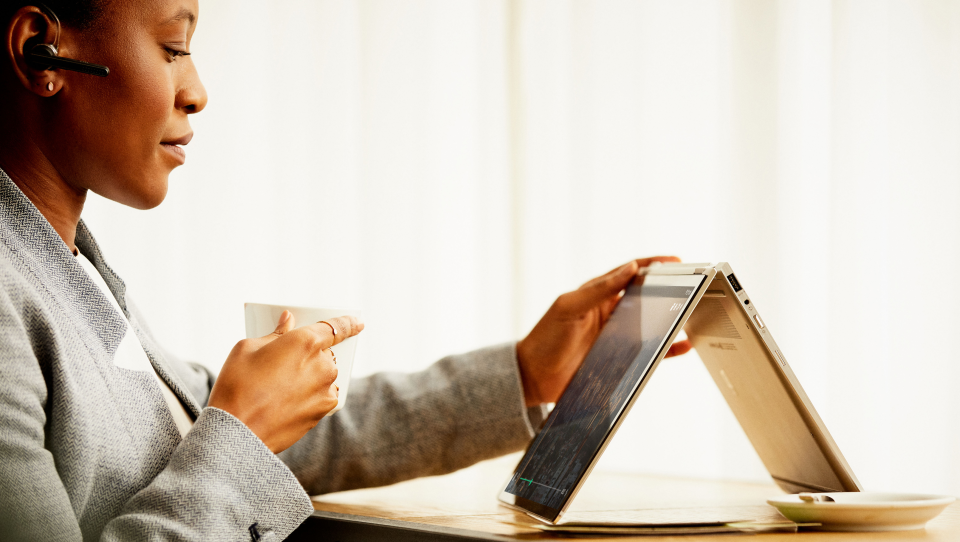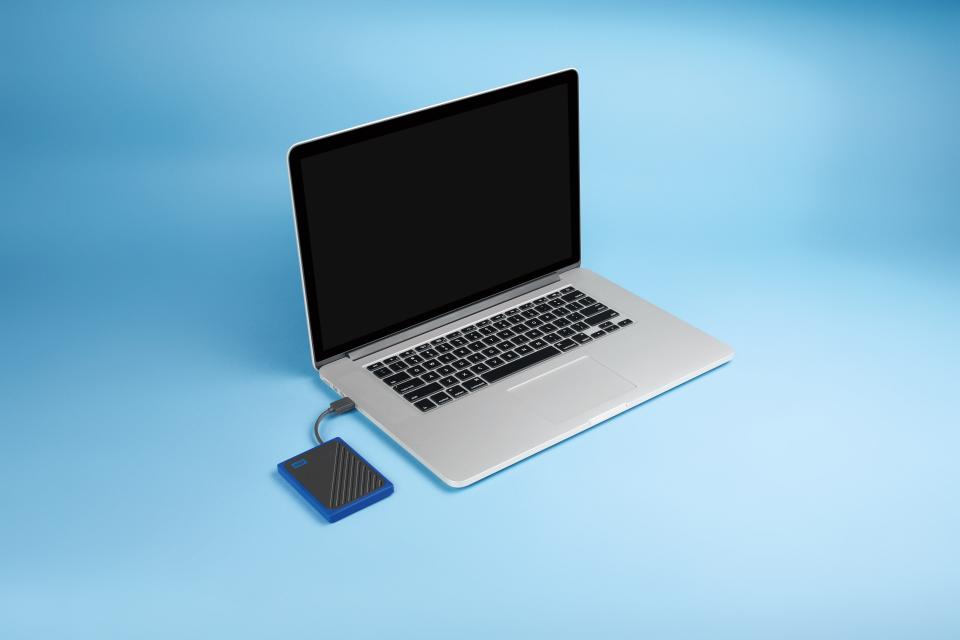Five ways to thrive while working from home during the coronavirus pandemic
With more than 100 million Americans told to stay at home – nearly one-third of the country’s population – it has inexorably changed the way many of us work, play, learn and socialize.
At the very least, technology has proved to be an extraordinary tool to help us adjust to this new normal.
Especially for those mandated to work from home, there’s no shortage of ways to remain productive while self-isolated or quarantined – but as many have likely discovered, it can be challenging at times. As someone who has worked from home for more than 25 years, I can attest to that.
COVID-19 social distancing: Together apart, screen time connects isolated kids with family, friends
YouTube: Video site switches to standard definition video. Will that make a difference?

Even if the situation is short term, the following are some thoughts on “best practices” while working from home. And be sure to share your top tips on social media, too, and tag @usatodaytech.
Fine-tune your work-at-home plan
Working from home isn’t a “one size fits all” scenario. Some people, for example, are “segregators” who need to be closed off from personal life (such as in a home office), while others are “integrators” who work better in, say, a kitchen, and with kids and pets around.
If you work better in the morning, work in the morning. If you have some flexibility and you get more done after the sun goes down, stick with that. Determine what works best for you, and embrace it. Be sure to take advantage of reliable technology to make your work more productive (see below).
For most, morning is the prime time
Contrary to my first telecommuting tip, several studies have found those who get the bulk of their work done in the morning are more productive and successful than those who sleep in.
On a personal note, I try to get as much done before lunch as possible, which frees up time in the afternoon to prep well for the next day, go after new business (as a freelancer) or take a mental break, such as a jog around the block, before getting some more work done.
As someone who works from home, I often have trouble turning work “off,” even at night, but be sure to set some time for yourself and family – especially when your partner or kids might be feeling anxious during these times of self-isolation.
Dress for your success
Unless you’re video conferencing and need to be dressed in business casual or better, wear whatever makes you comfortable – even if it’s sweatpants, T-shirt and baseball cap. Sit in a comfortable chair, in a room with good lighting. For those who spend a lot of time chatting on the phone for work, a hands-free headset is a more comfortable choice compared to holding a handset up to one’s ear. This is especially true for those who like to multitask, such as typing on a computer while talking at the same time. Keep water at your desk to remain hydrated.
Games on the go: Solitaire, Scrabble among classic casual games rebooted for mobile play
COVID-19 social distancing: Together apart, screen time connects isolated kids with family, friends
Avoid distractions
While it boils down to personal preference, having a home office is a good idea for a couple of reasons: You might work more efficiently without distractions, whether it's the tempting snacks in your kitchen, a loud television or hearing the kids argue over a toy. Closing a home office door means your colleagues or clients are less likely to hear the dog barking at a squirrel seen through a window. (Another tip: Get to know your phone’s mute button, too.) And you might need a separate home office for any tax credits and write-offs you’re looking for. Distractions are bad, but breaks are good. Take them, but then go back to work.
Telecommuting needs good gear
An essential item is a good computer, whether you choose a desktop with a large monitor or a portable laptop you can deploy throughout your home. Be sure it has a comfortable keyboard, a camera for video calling, and cybersecurity software to protect your (or the company’s) information. A good backup solution is key, too, in case of a power outage (or surge), virus or hardware malfunction.

While the cloud is handy, you’ll be without your files should the Internet go down. Personally, I use an external Solid State Drive (SSD) called My Passport Go (from $69) instead of a hard disk drive (HDD), since it’s faster, smaller and has no moving parts. Western Digital, which makes WD external drives, is among companies donating to relief efforts during the COVID-19 crisis.
Follow Marc Saltzman on Twitter: @marc_saltzman or subscribe to his podcast, Tech It Out at marcsaltzman.com.
This article originally appeared on USA TODAY: Technology tips to work better from home during coronavirus crisis

